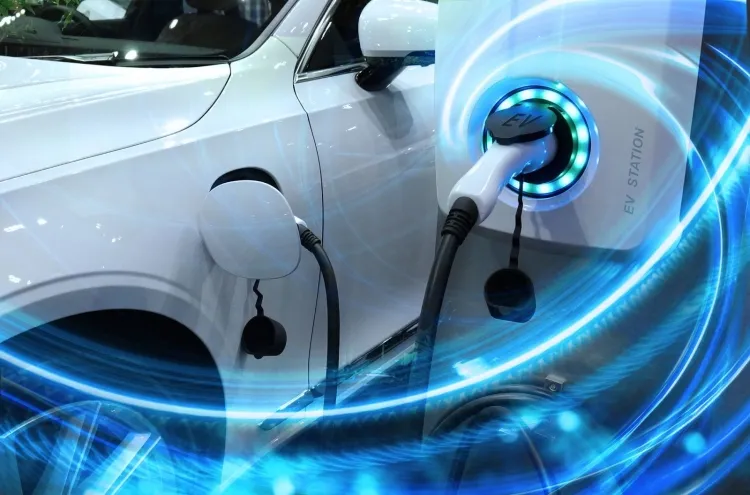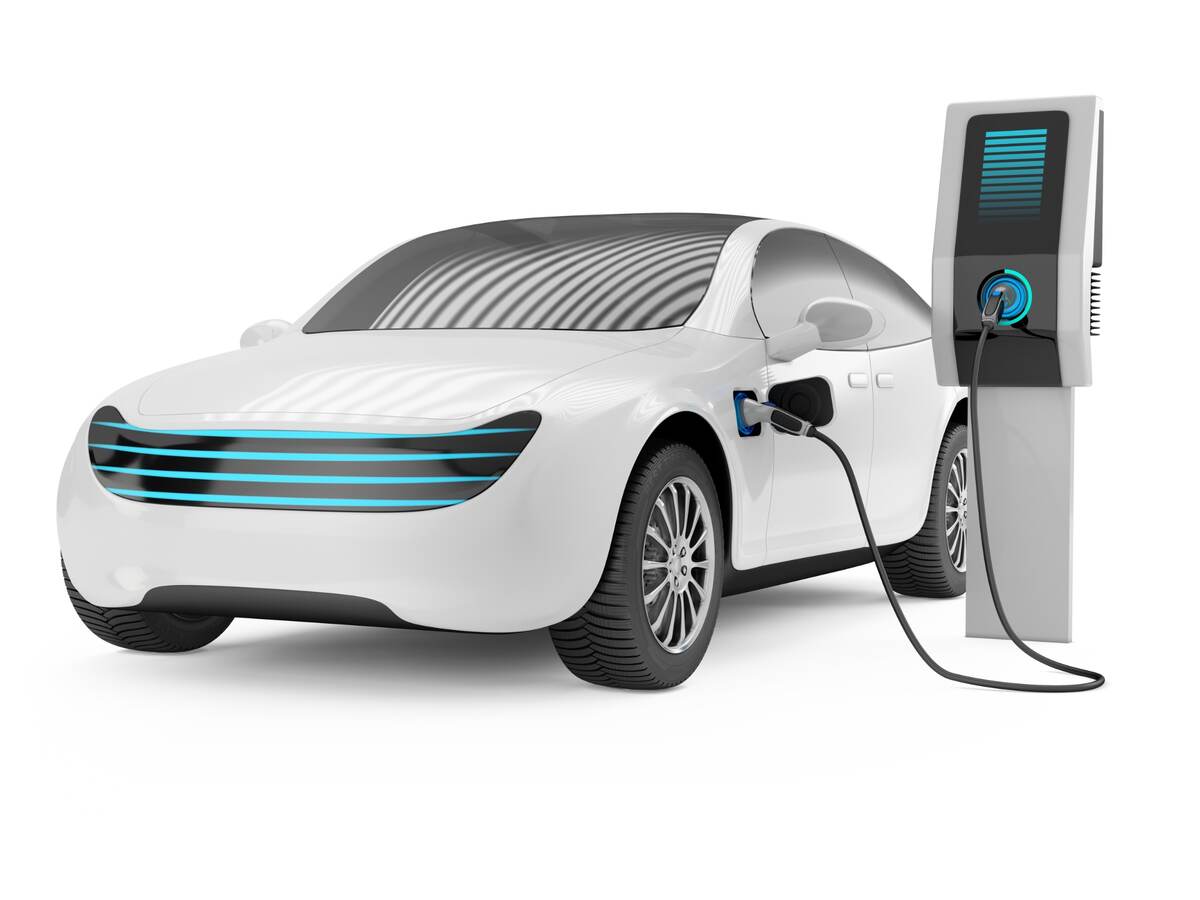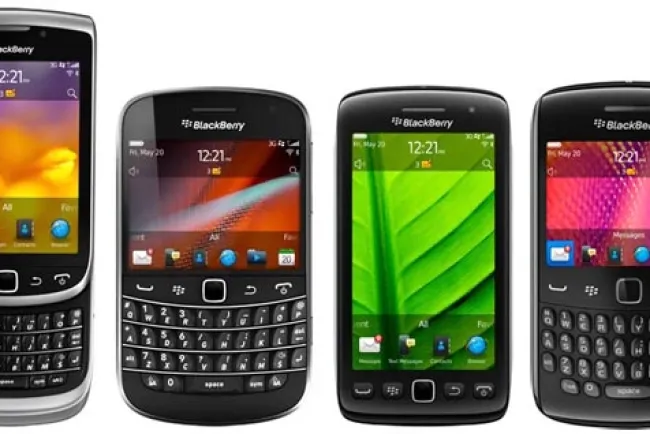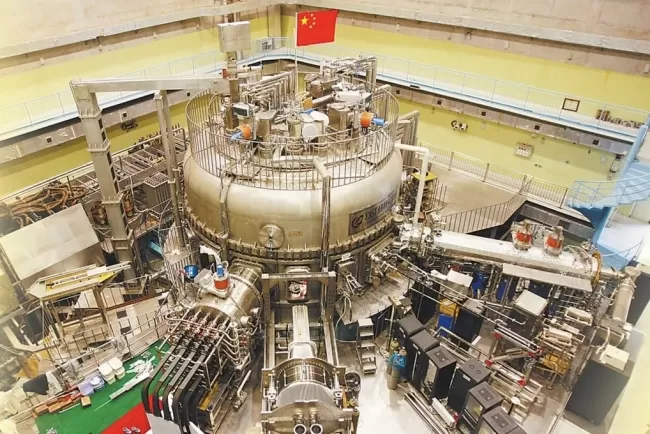Charging and Modern Vehicles: The Future of Transportation...!!!
The emergence of electric vehicles (EVs) has transformed the automotive industry, providing a sustainable and efficient alternative to traditional gasoline-powered cars. Charging infrastructure and technology are pivotal to the widespread adoption of EVs. Understanding the different charging methods and the current state of EV technology is essential for both consumers and manufacturers.

Types of Charging Methods
-
Home Charging: Home charging is the most convenient way to charge an EV. It typically involves using a standard 230V/15A single-phase plug, akin to household appliances. Home chargers can deliver up to 2.5kW of power, making them suitable for overnight charging. While ideal for smaller batteries, larger batteries may take longer to charge.

2.Public Charging: Public charging stations are crucial for EV owners needing to charge their vehicles on the go. These stations offer both AC (Alternating Current) and DC (Direct Current) charging options. AC chargers are slower but more widely available, whereas DC fast chargers provide a quicker charge but require specialized infrastructure.
3.DC Fast Charging: DC fast chargers bypass the onboard AC to DC converter of the EV, delivering direct current to the battery. This method significantly reduces charging time, making it ideal for long-distance travel. DC fast chargers can range from 50kW to 350kW, with some capable of charging an EV from 10% to 80% in under an hour.
Current Vehicle Technologies
-
Battery Electric Vehicles (BEVs): BEVs are powered solely by electricity stored in batteries. They produce zero emissions and are highly efficient. Popular models include the Tesla Model 3, Nissan Leaf, and Chevrolet Bolt.
-
Plug-in Hybrid Electric Vehicles (PHEVs): PHEVs combine an internal combustion engine with an electric motor and a rechargeable battery. They can run on electricity for short distances and switch to gasoline for longer trips. Examples include the Toyota Prius Prime and Ford Fusion Energi.
-
Hydrogen Fuel Cell Vehicles (FCVs): FCVs generate electricity by combining hydrogen with oxygen in a fuel cell, producing only water vapor as a byproduct. They offer a similar driving experience to traditional cars but require hydrogen refueling stations. The Toyota Mirai and Honda Clarity Fuel Cell are notable examples.
Charging Infrastructure
Developing a robust charging infrastructure is crucial for the widespread adoption of EVs. Governments and private companies are investing in building a network of charging stations to support EV owners. In India, for example, there are over 900 active public charging stations, with plans to expand further.
Charging and modern vehicles are leading the automotive industry's shift towards sustainability. With advancements in charging technology and infrastructure, EVs are becoming more accessible and practical for everyday use. As we continue to embrace these innovations, the future of transportation looks promising, offering cleaner and more efficient alternatives to traditional vehicles.
What's Your Reaction?

















